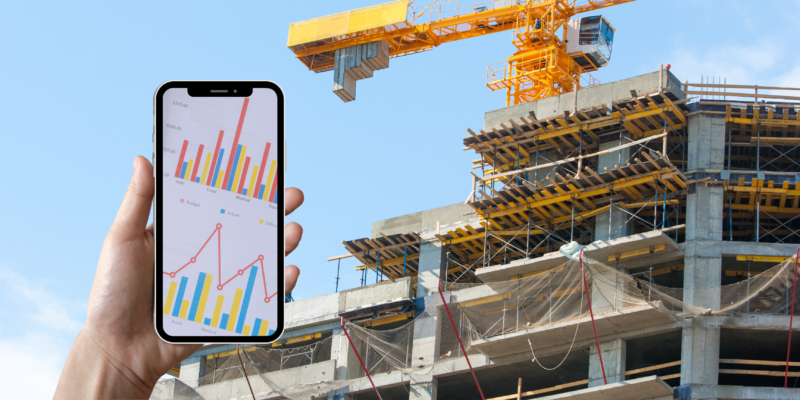Heads up!
You know that at Steadfast Enterprises, LLC, we love to be on the cutting edge of any technology that makes projects safer, more efficient, or more sustainable. That’s why we took notice when we saw a shift: construction workers are increasingly swapping their traditional hard hats for helmets.
While there’s nothing more iconic than the yellow hard hat, we are also interested to see how helmets bring enhanced safety standards, improved comfort, and innovative features to address the evolving needs of the industry.
Enhanced Protection and Safety
Hard hats have long been the symbol of construction sites, but helmets offer an elevated level of protection. Modern construction helmets are designed to meet stringent safety regulations, providing impact resistance and better shielding against falling objects, debris, and other hazards. With reinforced shells and advanced materials such as high-density polyethylene, helmets have higher structural integrity, reducing the risk of head injuries in potentially dangerous situations.
Integration of Advanced Technologies
One significant reason for the transition from hard hats to helmets is their use of cutting-edge technologies. Helmets now come equipped with a range of features to improve both safety and efficiency on construction sites, like integrated sensors that can detect potential falls or impacts, alerting workers and supervisors in real time. This technology helps prevent accidents and allows for immediate response in case of an emergency, further minimizing risks and enhancing worker protection.
Customization and Adaptability
Another advantage of helmets is their customizable nature, allowing workers to personalize their headgear according to their specific requirements. Adjustable straps, suspension systems, and interior padding provide a more comfortable and secure fit, reducing strain during long work hours. Helmets can also accommodate additional attachments such as face shields, earmuffs, or communication devices, facilitating seamless integration of various accessories in a wide range of working conditions.
Improved Comfort and Ergonomics
Comfort is a vital factor in any industry, and construction is no exception. Hard hats, although functional, can be heavy and cumbersome, leading to neck pain, headaches and fatigue. In contrast, helmets are designed with ergonomics in mind, focusing on weight distribution and ventilation systems to provide enhanced comfort. The lighter weight and improved airflow of helmets make them more wearable for extended periods, ensuring workers are both safer and happier.
Changing Industry Standards and Regulations
As safety regulations and industry standards evolve, so does the gear worn by construction workers. OSHA and other regulatory bodies are increasingly acknowledging the benefits of helmets in terms of safety and ergonomics, and some jurisdictions have already made helmets mandatory for specific job roles. While both hard hats and helmets are OSHA-approved, that might not always be the case.
Thanks to the advanced protection offered by helmets, we’re seeing the industry transition away from traditional hard hats. Their adaptability, customization, and technology makes them an ideal choice for keeping workers more comfortable, efficient, and safe. As helmet technology continues to improve, you can be sure Steadfast Entities, LLC, will be working to provide you with the most up-to-date gear and equipment to keep your staff safe and comfortable while on the job!










